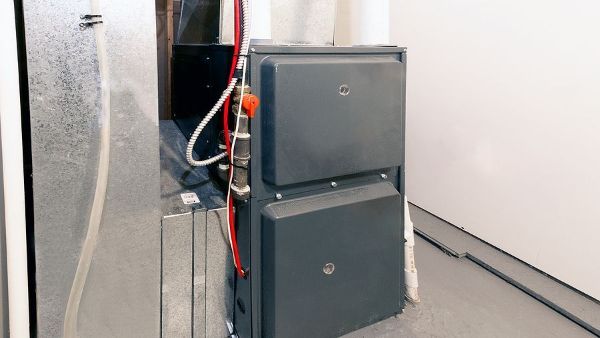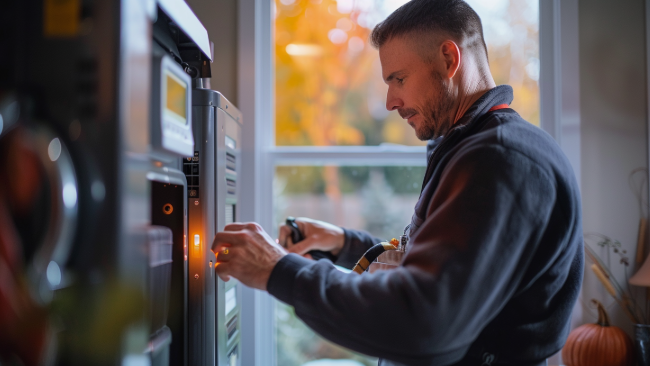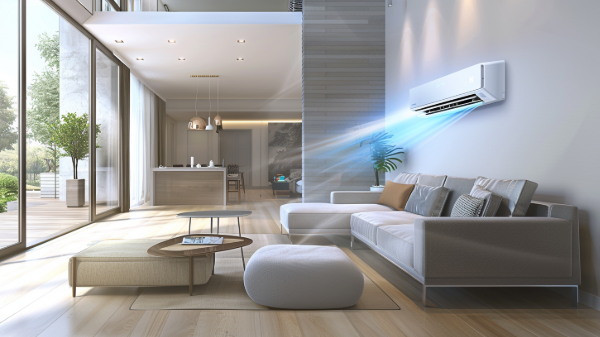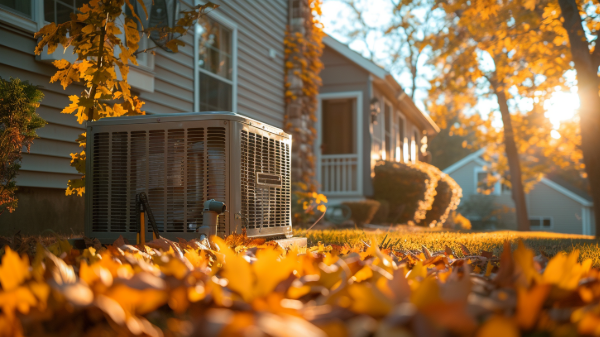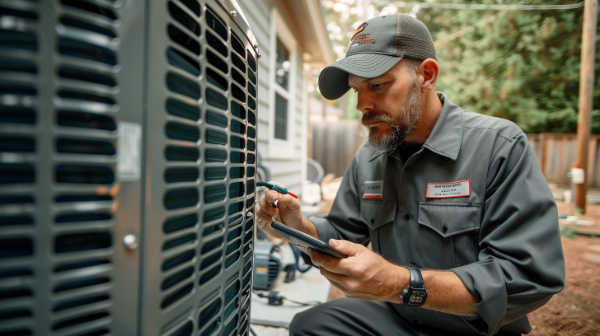How Your Home’s Central Heating System Functions
What To Know About Furnaces Before Hiring an HVAC Contractor
A central gas heating system is an essential part of any house. Before having an HVAC contractor in Santa Rosa install a new furnace, you should learn a bit about home heating units.
Types of Gas Furnaces an HVAC Contractor in Santa Rosa May Install in Your Home
The heat exchanger is one of the most important parts of a furnace. Fuel inside the exchanger combusts, creating heat that warms the cool surrounding air. Some of this heat ultimately becomes exhaust gases. Furnaces are categorized by the number of heat exchangers they have.
1. Non-Condensing Furnaces
A non-condensing furnace only has one heat exchanger. The exhaust gases created in the heat exchanger are vented out of the home through the roof.
2. Condensing Furnaces
A condensing furnace has a second heat exchanger that turns the exhaust gases into additional heat. This makes condensing furnaces more efficient. They also give homes more even temperatures. Houses with condensing furnaces typically do not have to deal with cold or hot spots.
Still, there are downsides to condensing furnaces. Namely, they are more expensive than traditional non-condensing furnaces. That’s because condensing furnaces require additional venting along with the second heat exchanger.
If you want an energy-efficient HVAC system without spending big bucks on a condensing furnace, you could ask an HVAC contractor in Santa Rosa to install a modulating furnace instead.
3. Modulating Furnaces
A modulating furnace utilizes modern technology to regulate how much fuel is burned. It better maintains the temperature you set via your thermostat. The result is fewer temperature fluctuations.
HVAC professionals can help you decide which type of furnace is best for your home. They will specifically look at your home’s insulation levels and ductwork. If your home has poor insulation or leaky ducts, then you likely won’t experience any added benefits from a condensing furnace.
How a Furnace Works
So how do the heat exchanger and the rest of the furnace warm your home? Essentially, natural or propane gas in the furnace creates heat. Air from your home’s ductwork then becomes hot as it blows over the heat exchanger. Finally, the furnace’s blower pushes this heated air through the ducts so it can reach the entire house.
Other Parts of a Furnace
If your house is not staying warm, then an HVAC contractor in Santa Rosa can check the entire furnace to see which part is broken. Besides the heat exchanger, the other main parts of the furnace include:
Return Vents and Duct
The return vents suck the air from your home and pull it into the return duct, which sends the air to your HVAC system. The vents are typically located on your home’s ceiling.
Blower
As its name implies, the blower blows the cool air from the return vents and ducts onto the heat exchanger so the air can get warm. The blower is typically a fan with a motor in the middle. The blower is housed in a chamber, which is essentially a metal box. Some furnaces have blowers that run at varying speeds to boost efficiency.
Filter
You want the air that flows through your home to be free of contaminants. That is why many HVAC systems feature air filters that remove pollutants from the air before it is heated and returned to your home.
Temperature Control
The temperature control tells the furnace when to start the heating process. Once you adjust your thermostat, the temperature control turns on the ignition switch. This triggers the creation of a flame via the furnace’s igniter and gasoline.
Electronic Ignition or Pilot Light
Older furnaces ignite via a continuous pilot light. However, this system is inefficient, especially since pilot lights can malfunction easily. Newer heaters instead use electronic ignitions.
Supply Duct and Registers
After the furnace heats the air, the air flows through the supply duct and into the registers, which are located on the baseboards of various walls. Once the warm air enters a room through the register, the temperature in that room should increase.
Find an HVAC Contractor in Santa Rosa
A Next Level HVAC contractor in Santa Rosa knows exactly how heating systems function. The professionals from Next Level can thus pick out a furnace that fits your specific needs. They can also repair or replace your existing furnace.
Contact Next Level HVAC today for more information on the company’s home heating services.

